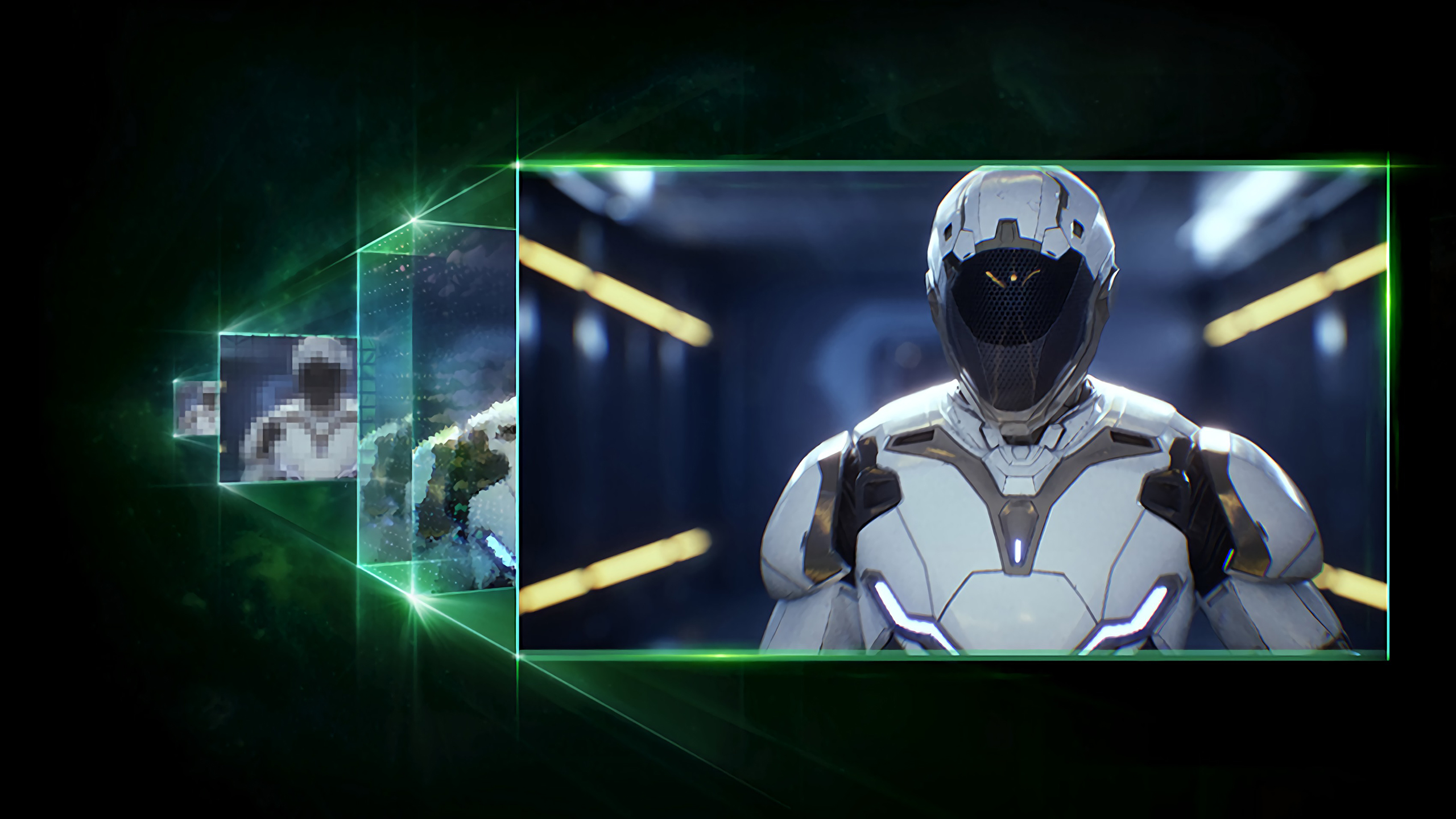Nvidia’s latest566.14 GeForce driverscome equipped with the DLSS 3.8.10 package, and it didn’t take enthusiasts onRedditlong to figure out that Nvidia has removed most DLSS presets with this release - only Preset E and Preset F remain. This is a good thing since it allows for a smaller DLL file size, and games should default to these presets - without any extra tweaking - and they’re arguably better than the ones they’re replacing.
Nvidia’s DLSS presets are predefined profiles that can tinker with how DLSS handles scaling ratios and game content. Each offers better image quality, less ghosting, and improved sharpening than the last. A few months ago, Nvidia launched a new Preset E with its updated DLSS 3.7.0 libraries - promising better visuals and reduced smearing.

The latest 566.14 driver package features the new DLSS 3.8.10 DLL file - at just 23.7MB, roughly 2x smaller than the last version. Upon further investigation, Nvidia has silently removed Presets A, B, C, and D - set to be superseded by Presets E and F. From what we can surmise, this will likely force games to use Preset E and F by default so users don’t have to dabble into tools like DLSSTweaks.
DLSS Performance, Balanced, and Quality modes will default to Preset E, which notably has better detail, reduced ghosting, and increased temporal stability than its predecessors. Preset F will be used for Ultra Performance and DLAA (Deep Learning Anti Aliasing) modes.

This change, for the most part, is a trivial matter for the average consumer, but enthusiasts often rely on these profiles and presets to get the best image quality. You can still use DLSSTweaks to force whatever Preset or DLLs you want, but be aware that doing so in online games with anti-cheat systems could result in a ban. In such titles, you’re entirely dependent on the game developers to upgrade the DLSS version from their end.
Get Tom’s Hardware’s best news and in-depth reviews, straight to your inbox.
Hassam Nasir is a die-hard hardware enthusiast with years of experience as a tech editor and writer, focusing on detailed CPU comparisons and general hardware news. When he’s not working, you’ll find him bending tubes for his ever-evolving custom water-loop gaming rig or benchmarking the latest CPUs and GPUs just for fun.